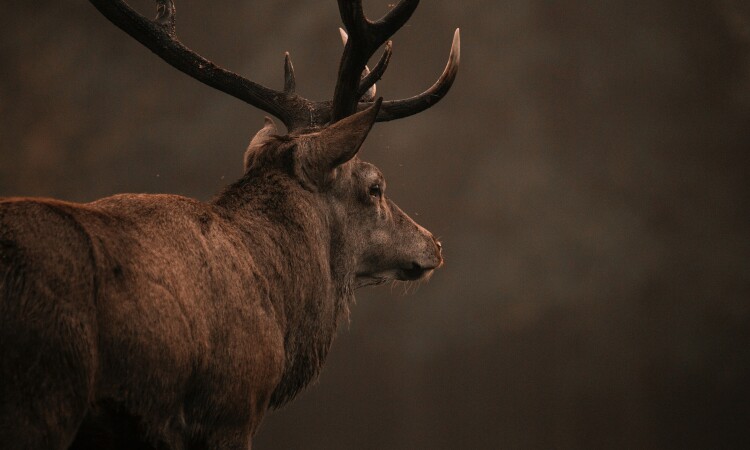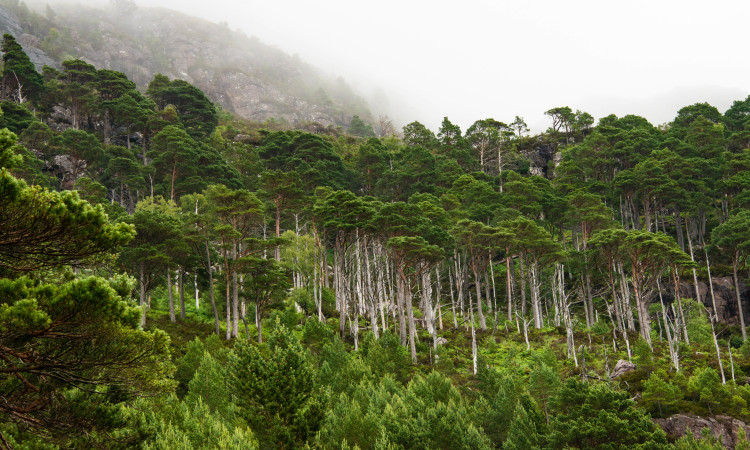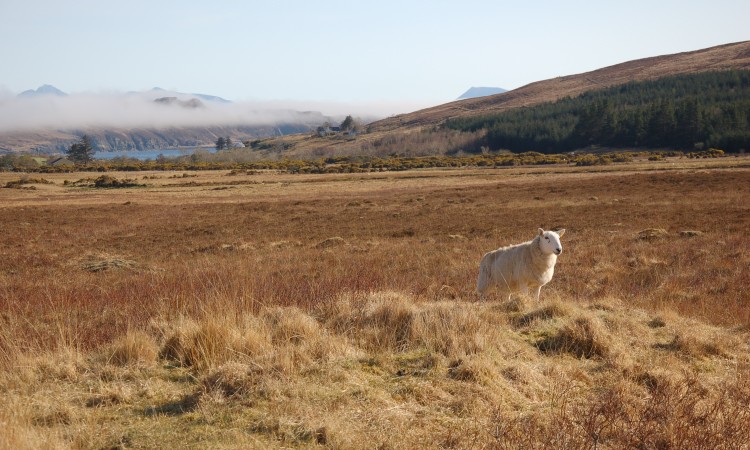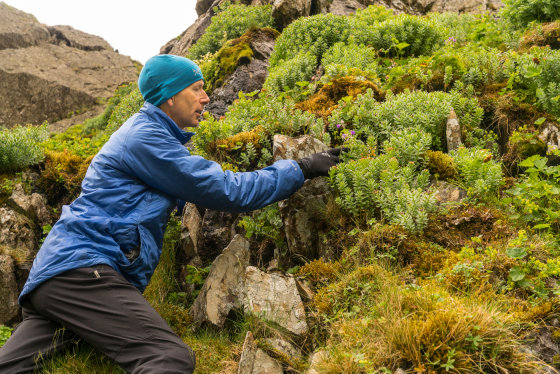The world is not given by our parents, but borrowed from our children. We aim to be good stewards - to conserve and to restore wild places.
Conservation ensures that the qualities of wildness in a place are maintained for all to benefit from in the here and now.
Landscape restoration is about repairing or enhancing natural processes so that a place and its inhabitants can sustain itself into the future.
Conservation and repair isn't about turning the clock back. Instead, it helps prepare wild places and their inhabitants – the flora and fauna as well as the human populations – for environmental challenges ahead.
Land in our care
Here's where and how we are working to care for and protect wild places
Find out more
Deer management
Improving deer management is critical if we are to resolve the climate and nature emergencies and for native woodlands to survive.
Our approach
Expanding woodland
Across the land we steward, with a particular focus on Skye, Knoydart, Schiehallion and Glenlude, we're working to restore native woodlands, with the goal of establishing self-seeding mature trees and thriving ecosystems.
This requires the political will to protect wild places, so we also advocate for policies at a government level that will protect and restore native woodland habitat as part of the Alliance for Scotland’s Rainforest, Scottish Environment LINK and Wildlife and Countryside Link.
Saving Scotland's Rainforest
Learn more about how we're working to protect this internationally important habitat
Learn more
Footpaths
We maintain over 120km of paths, from woodland and coastal trails to world famous mountain routes that provide access to seven Munros, five Corbetts and the third highest mountain in England. These include the final approach to Ben Nevis and the path to Sandwood Bay. We work to prevent damage to landscape and habitats caused by erosion, and provide access to some of the country’s wildest and most spectacular places. Learn more about our approach to path repairs.
Crofting
Find out how we're working to become an exemplary crofting landlord, and exploring innovative new ideas to support rural communities
Learn more
Protecting peatland
Peatland represents the single largest carbon store in the UK and restoring it helps mitigate the increase in flooding connected to climate change, by slowing and storing rainwater as it drains from mountain top to glen and valley.
In 2021 we completed a 35-hectare peatland restoration project at Faoilean on Skye, with government environment body NatureScot. We are also scoping out other sites on Skye that might be suitable for similar restoration work.
At Nevis, we will be carrying out peatland restoration in autumn 2022, while at Quinag and Sandwood we are undertaking monitoring, ahead of proposed restoration projects.
You can support our peatland restoration work by donating to our Peatland Appeal.
Landscape scale restoration
We work with likeminded neighbours, on a scale that provides nature the room it needs to survive and thrive.
- We've been a member of the Nevis Landscape Partnership since 2002, including the successful delivery of 19 community conservation projects in the Lochaber area of the Scottish Highlands, all as part of a £3.9 million Heritage National Lottery funded project.
- In 2010, we partnered in the creation of the Coigach and Assynt Living Landscape Partnership. The project area includes Trust land at Quinag in Sutherland and at 635 square kilometres in size, is Europe's largest environmental restoration project.
- Since 2017 we've worked with our neighbours in the Heart of Scotland Forest Partnership near the Trust's East Schiehallion property in Highland Perthshire. In 2018 it was cited as an example of best practice partnership working by the Scottish Government.

